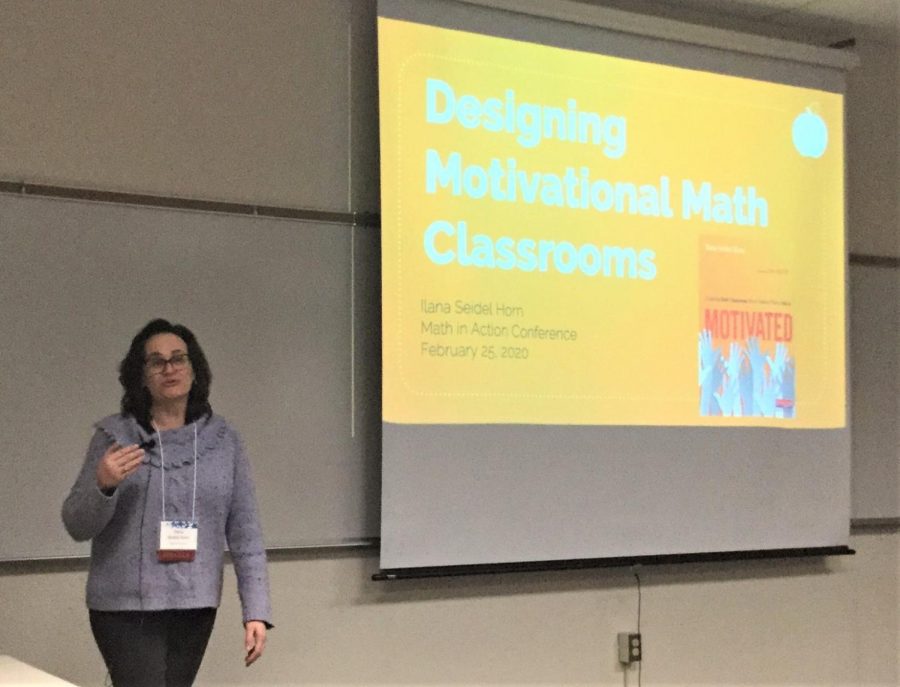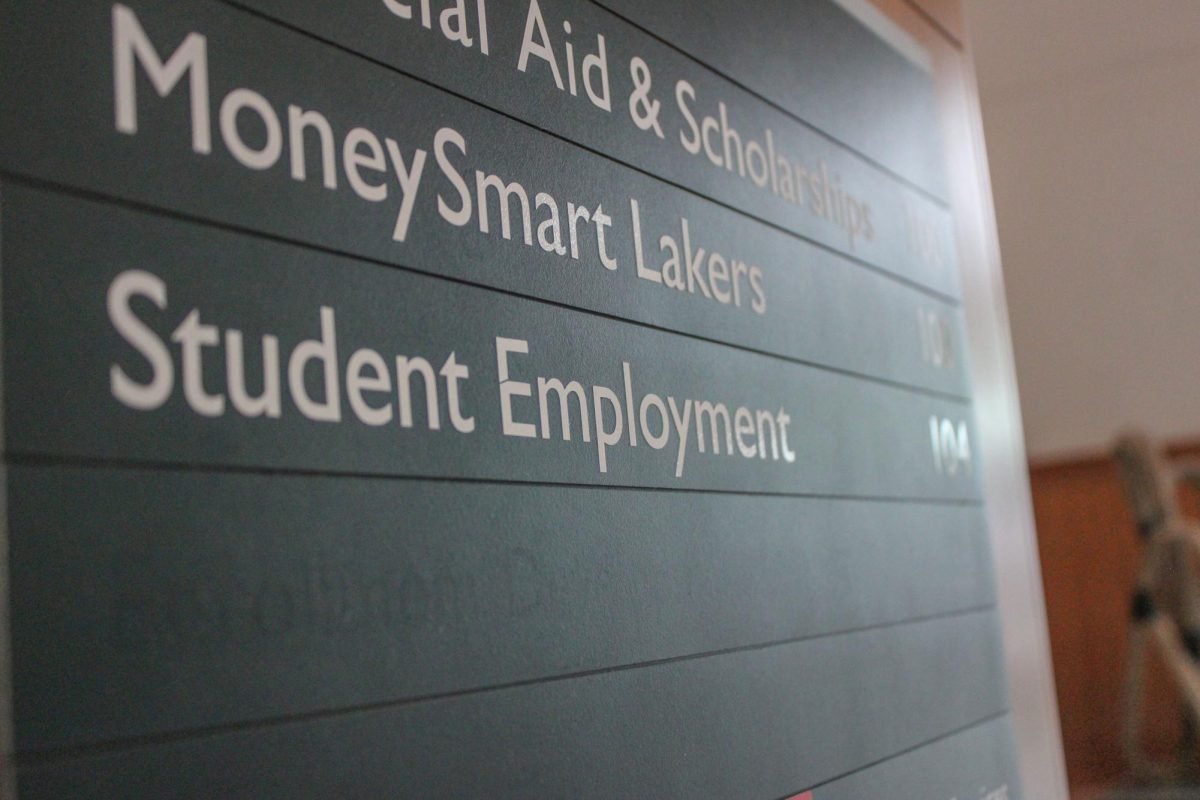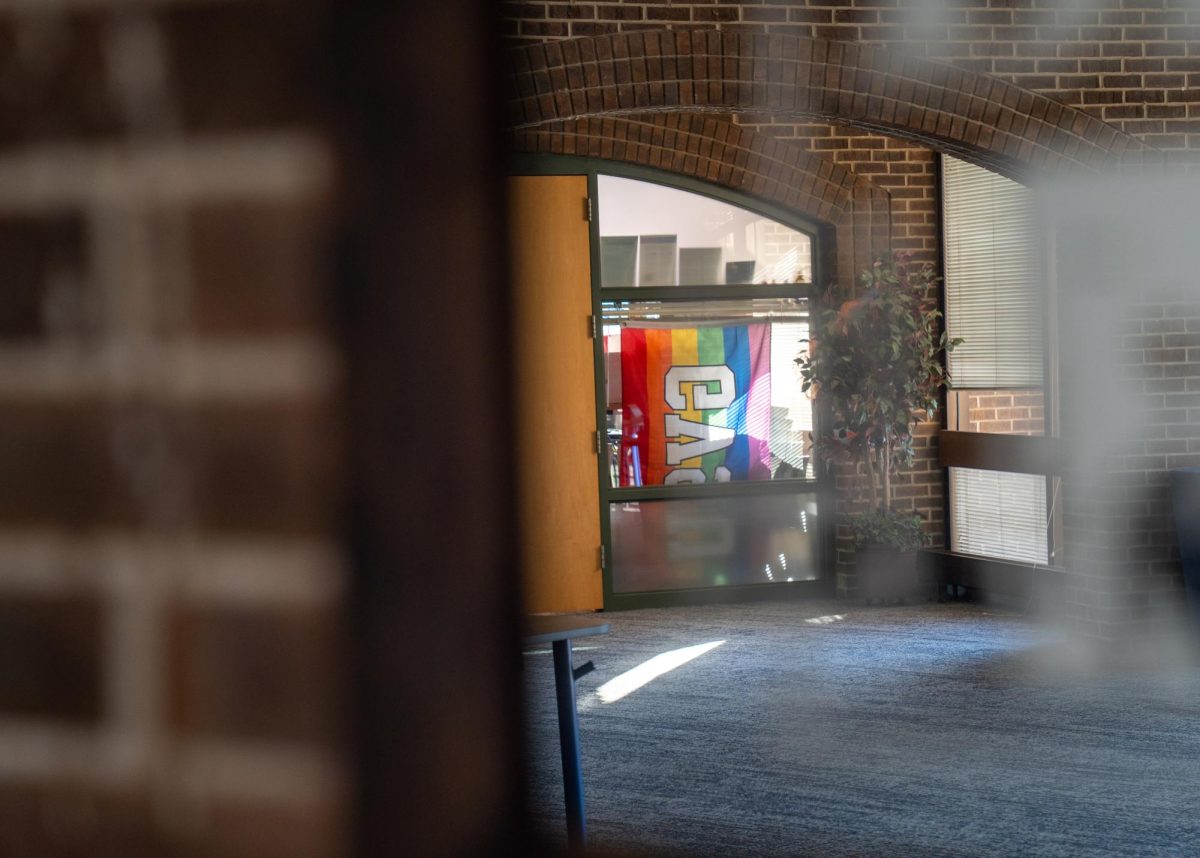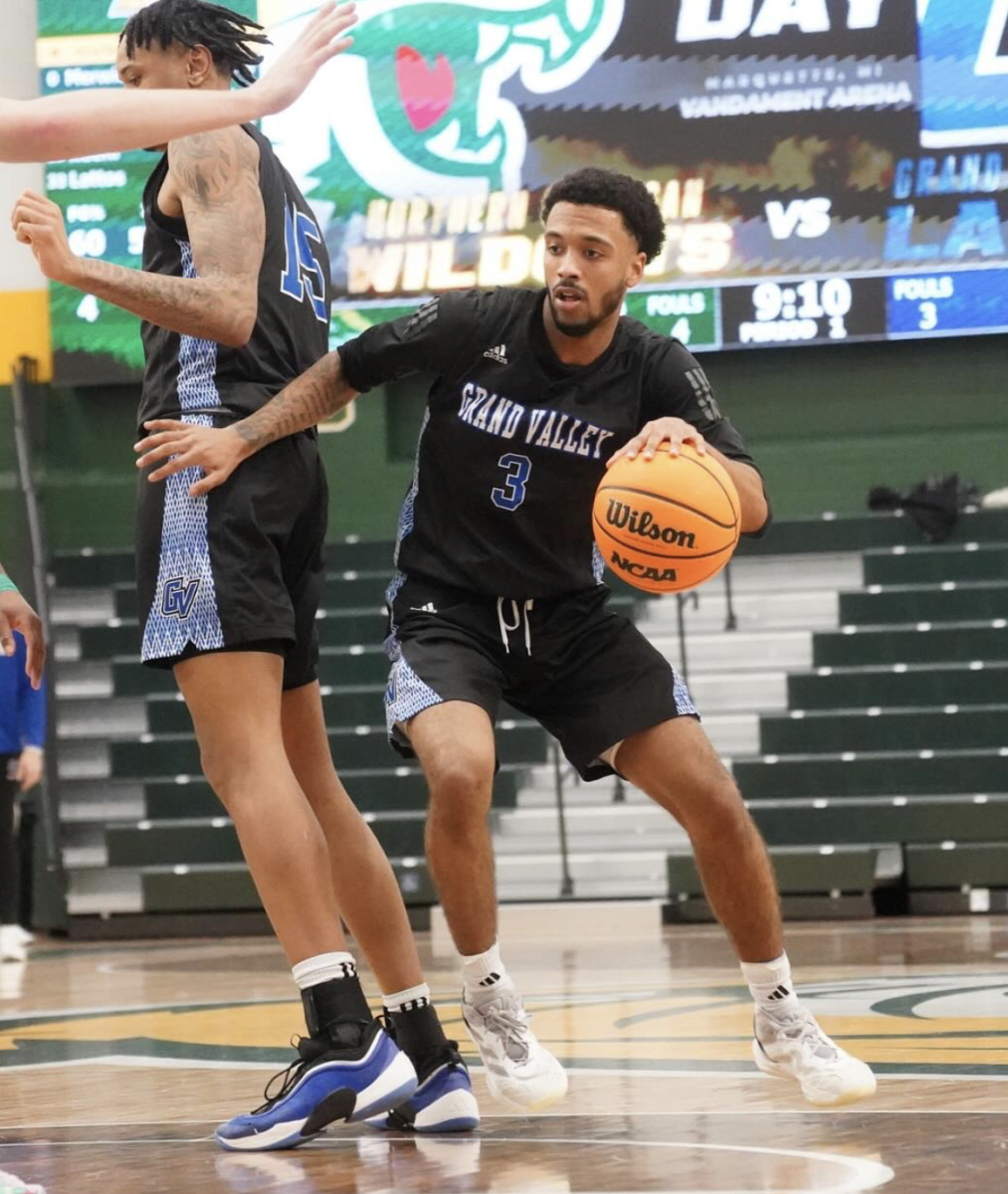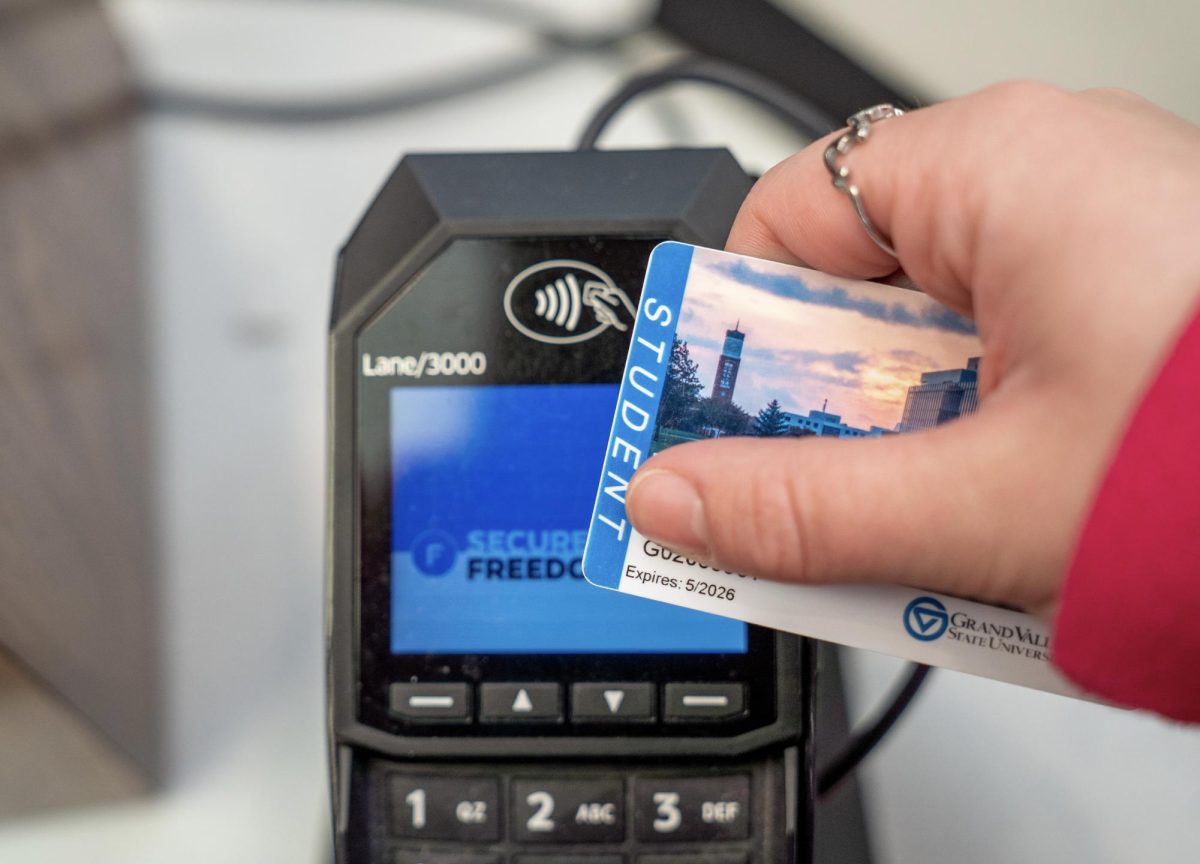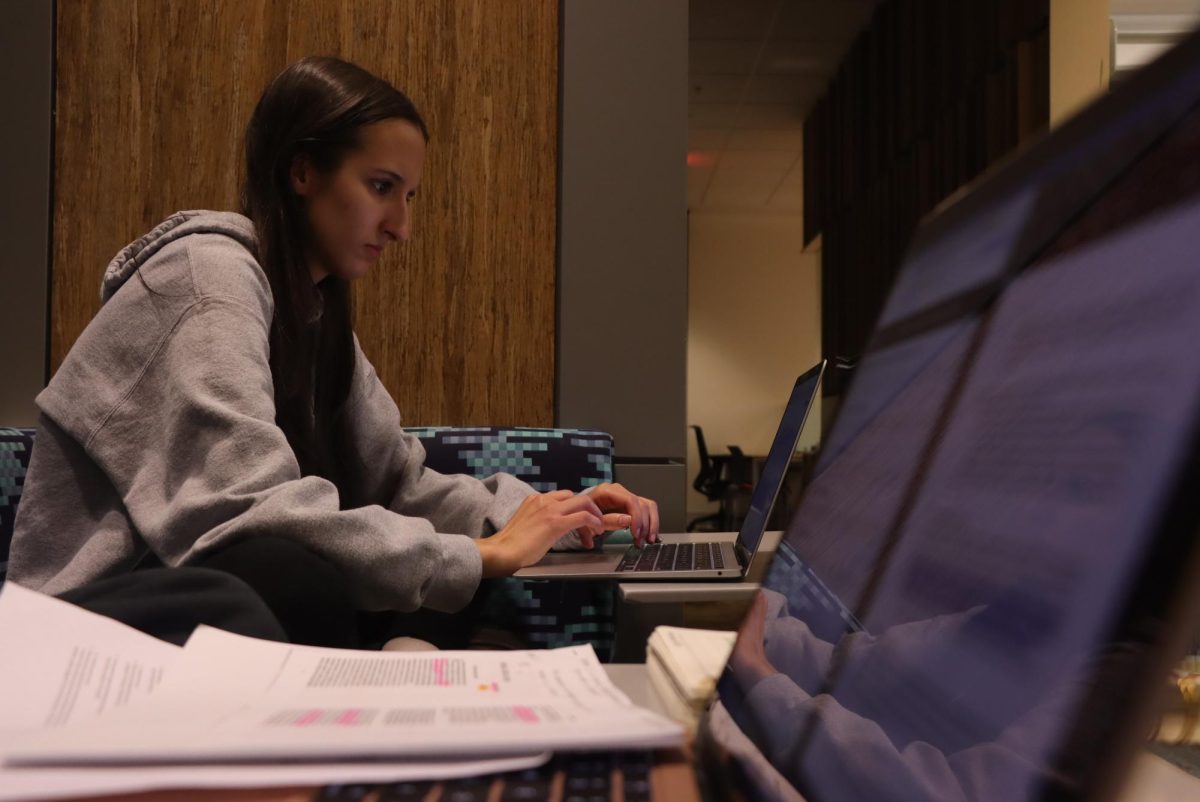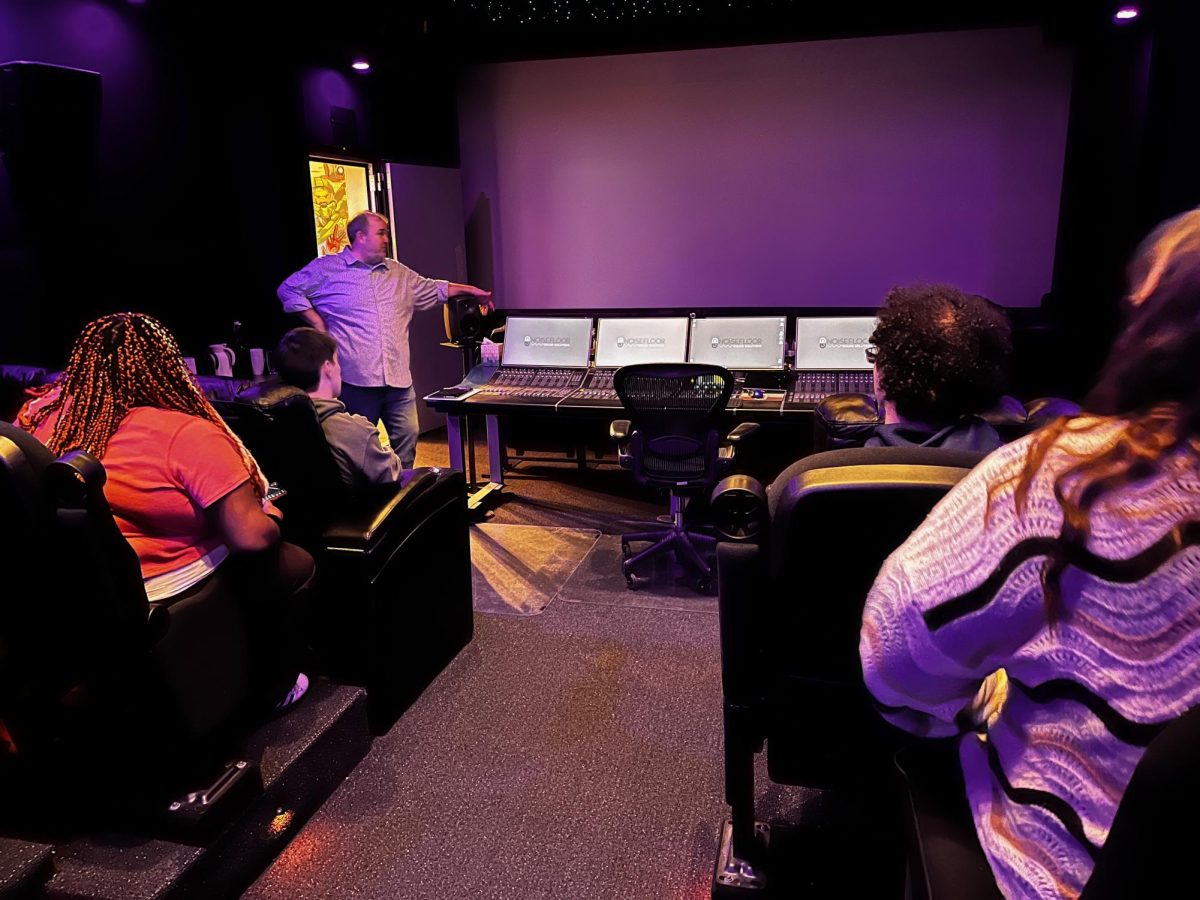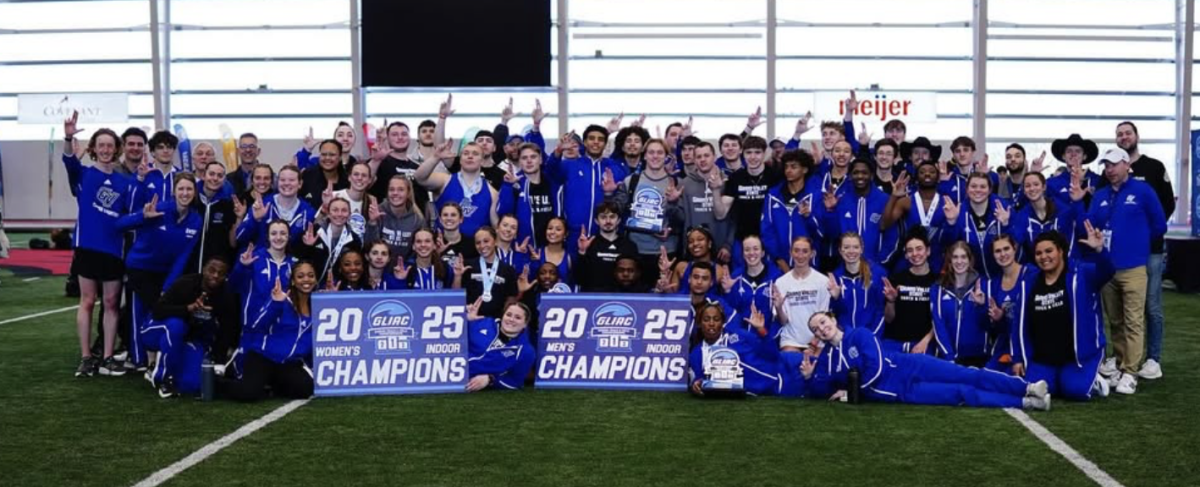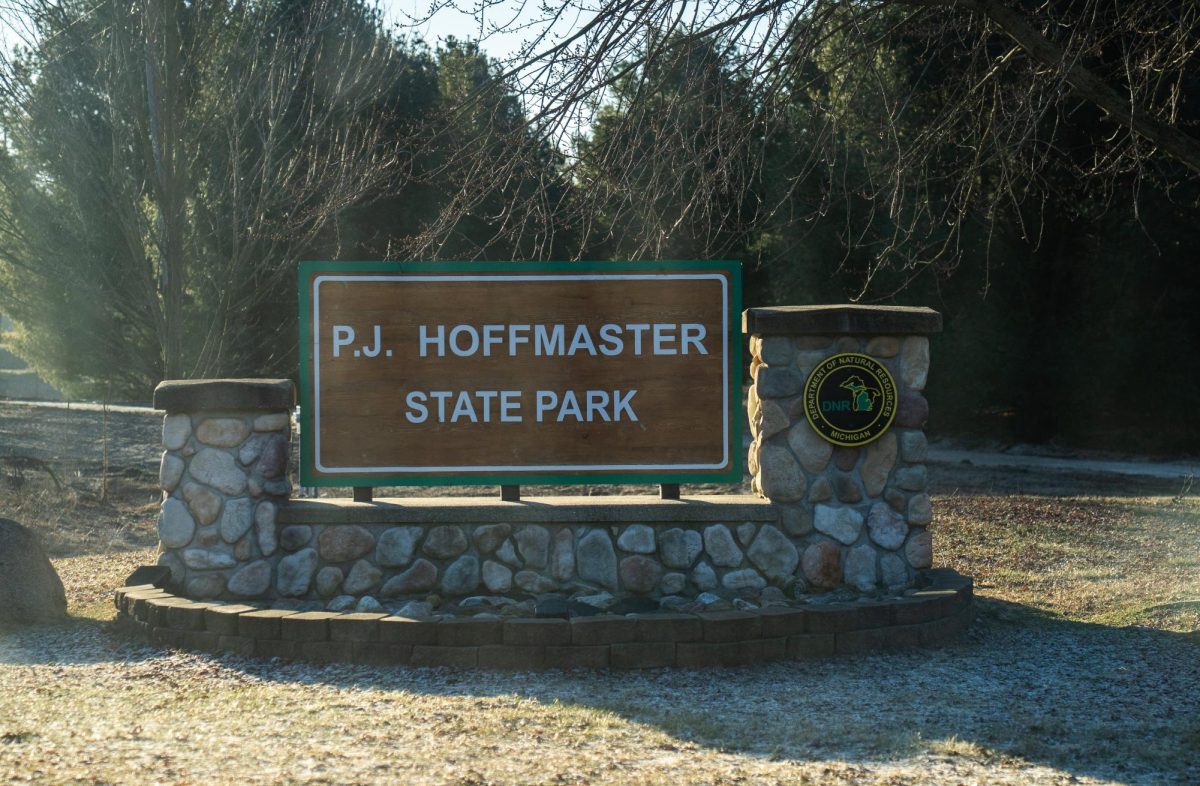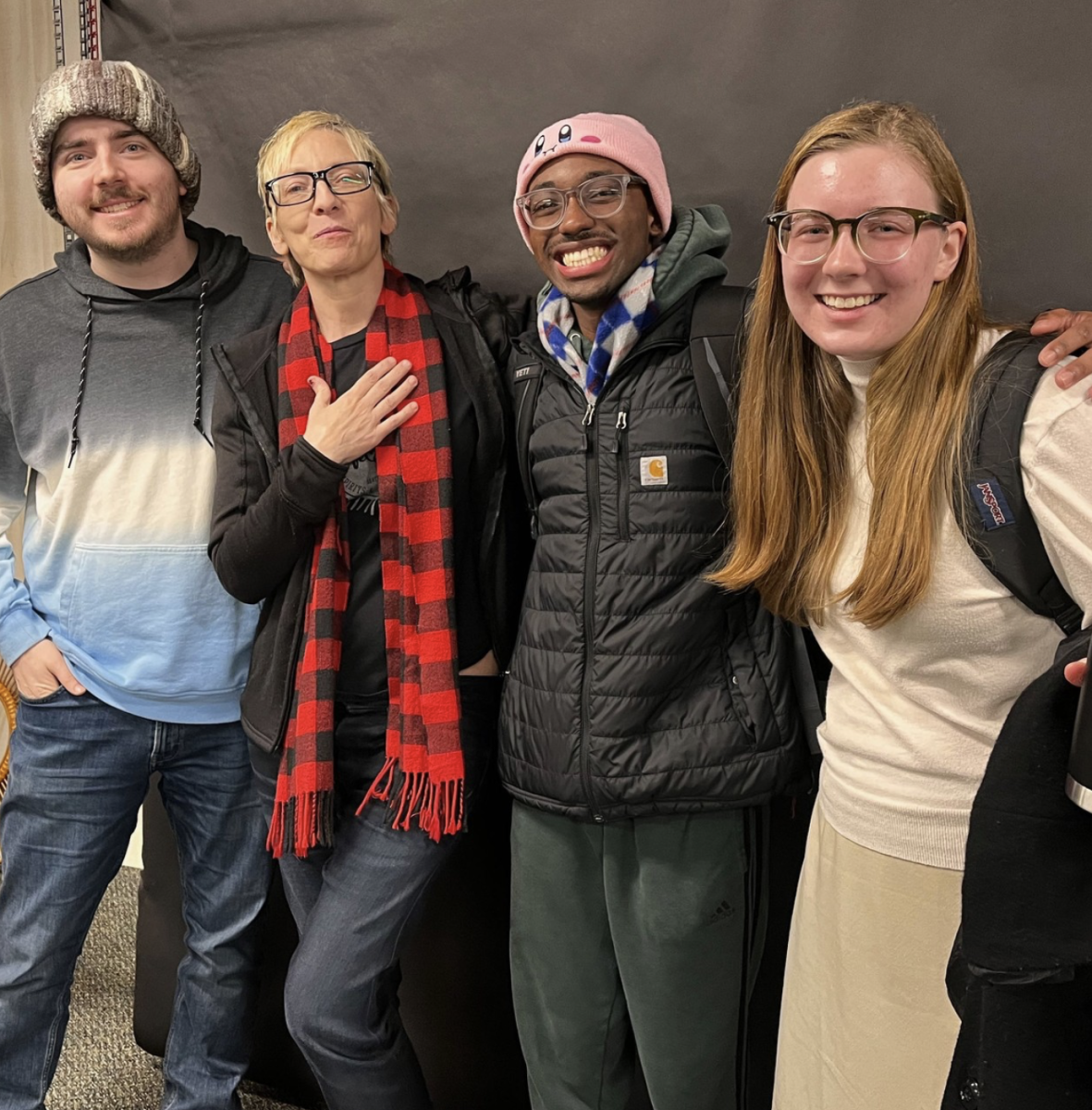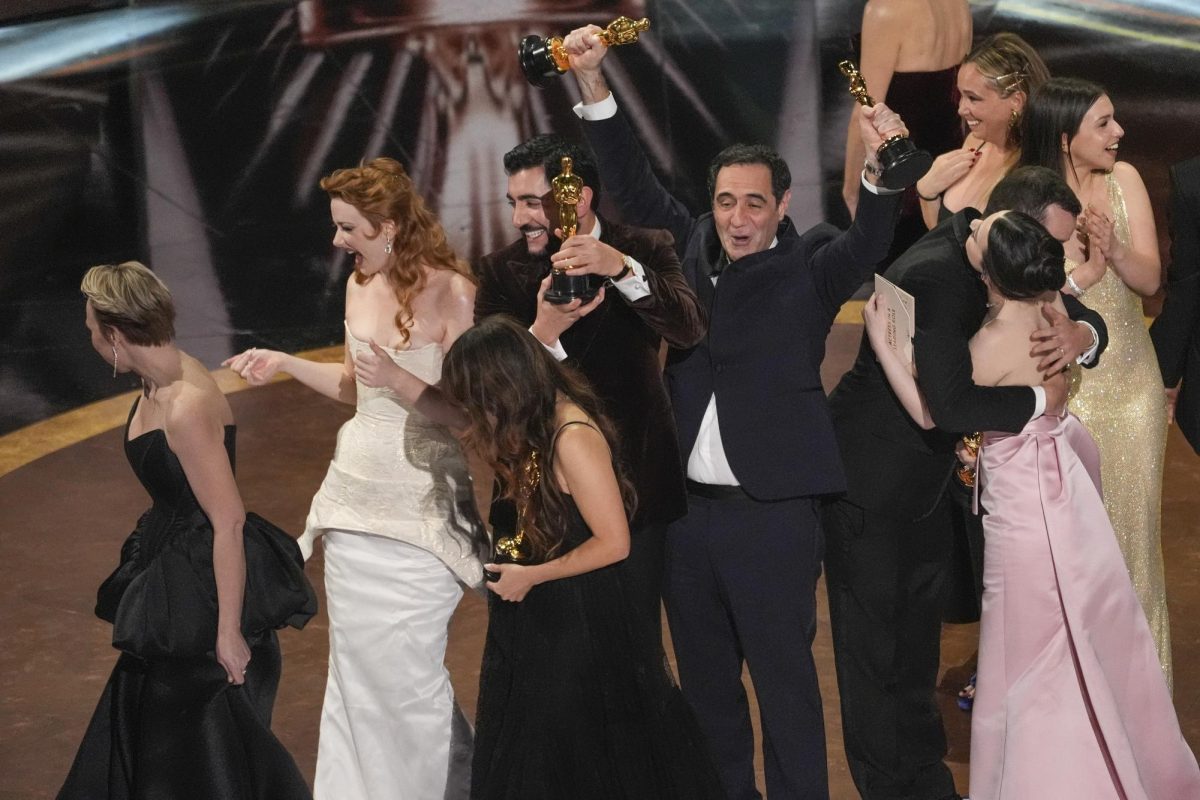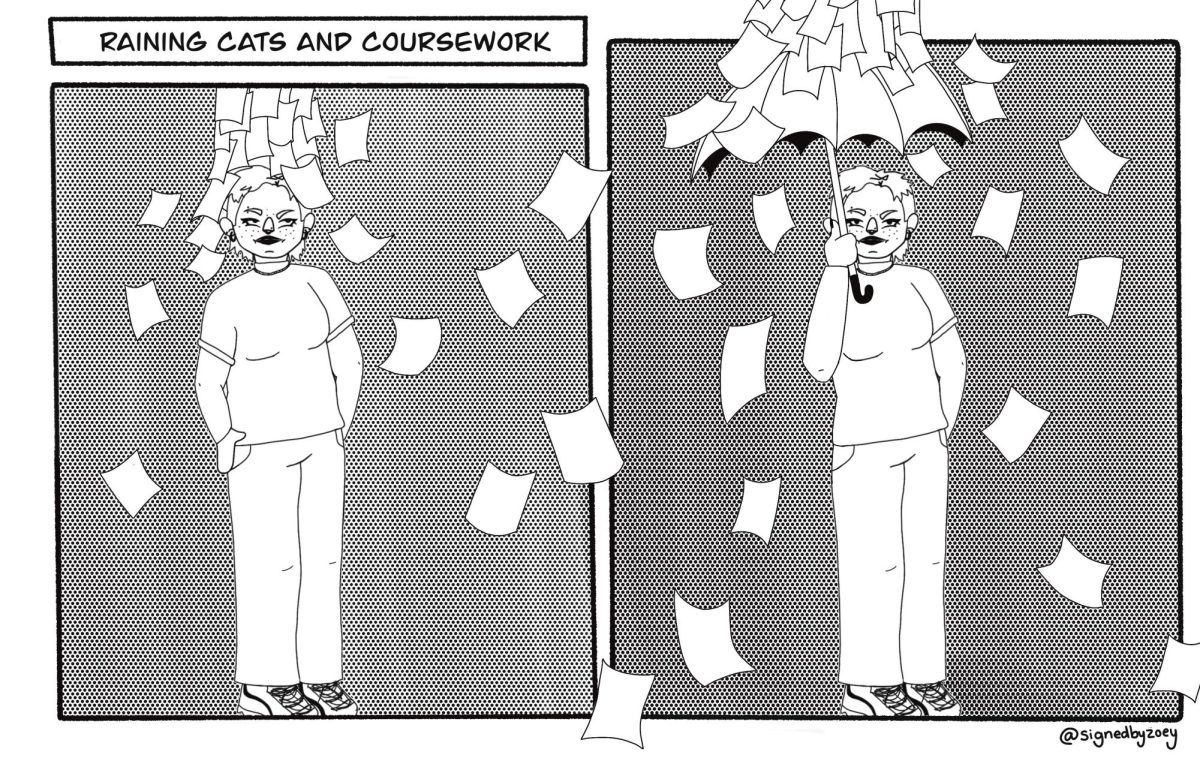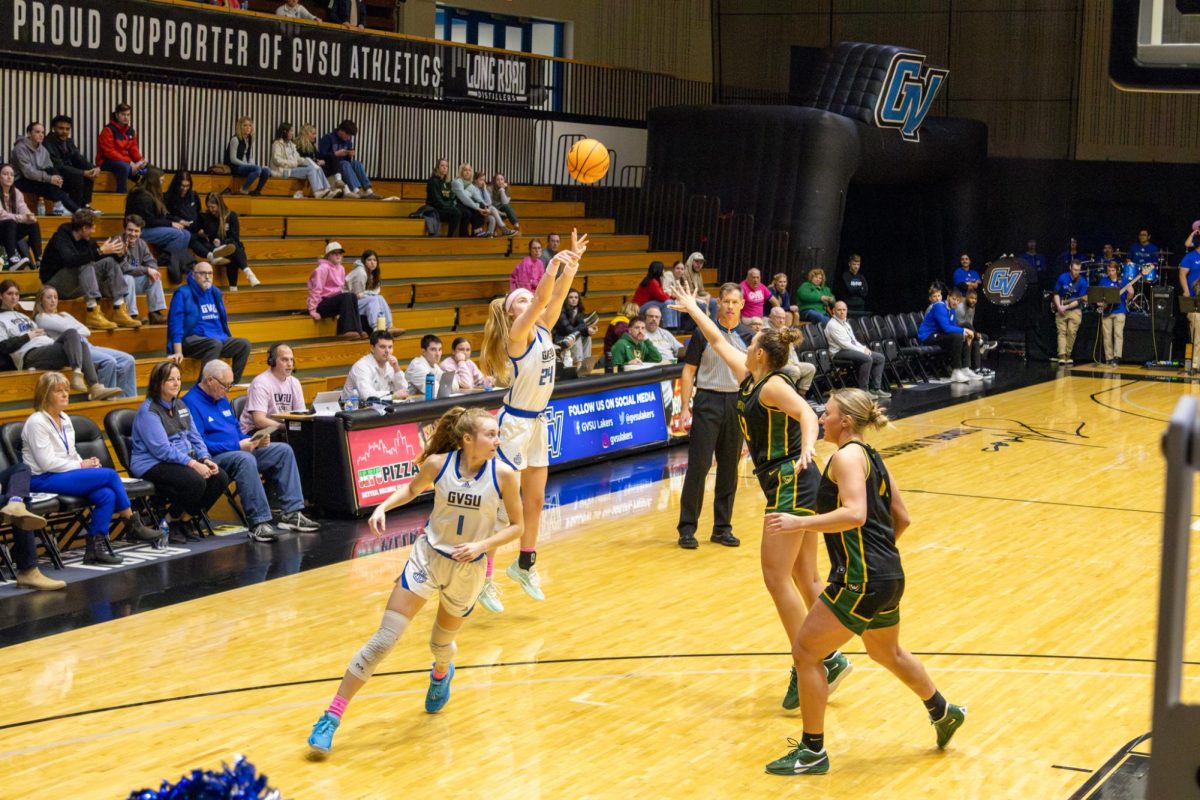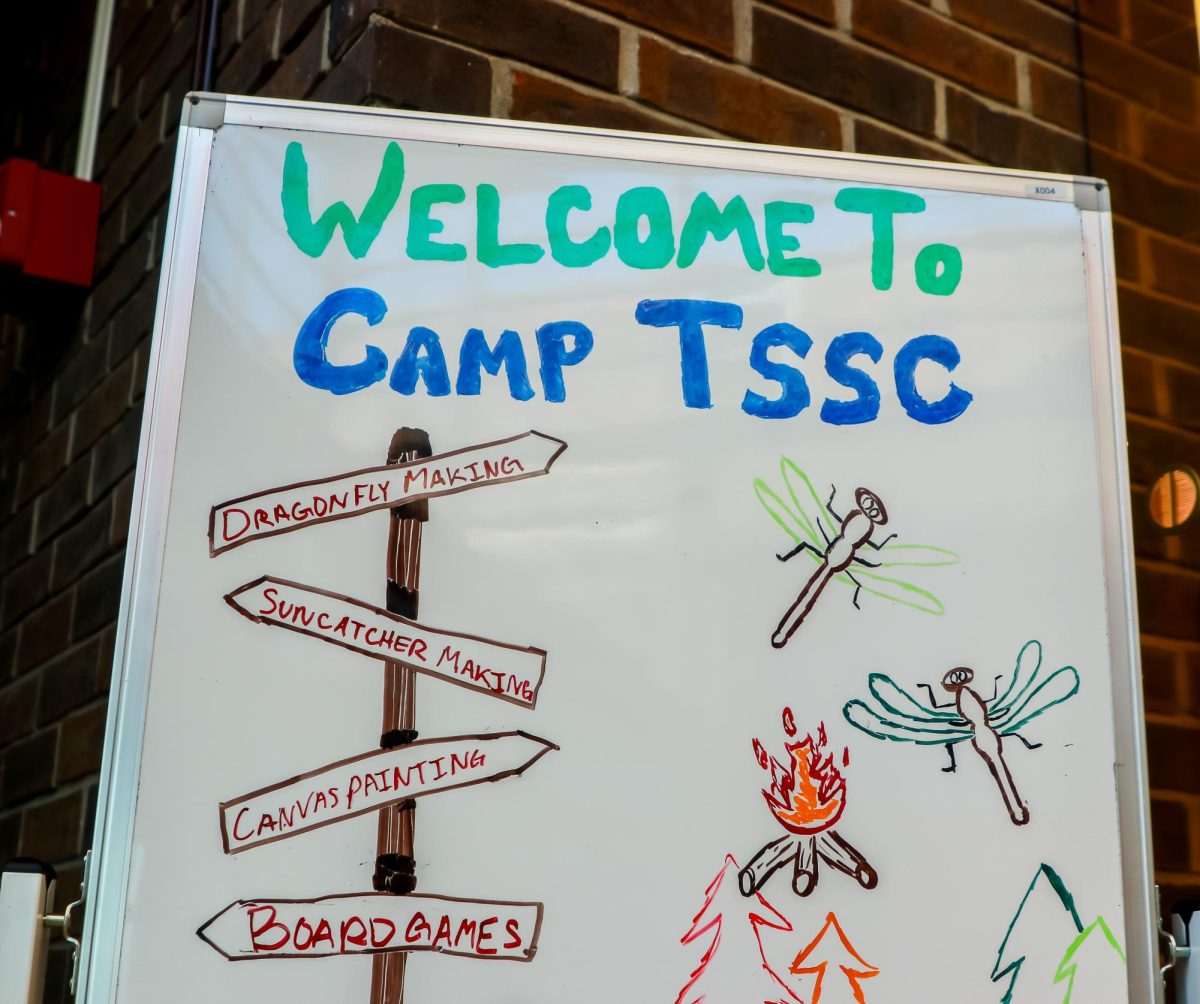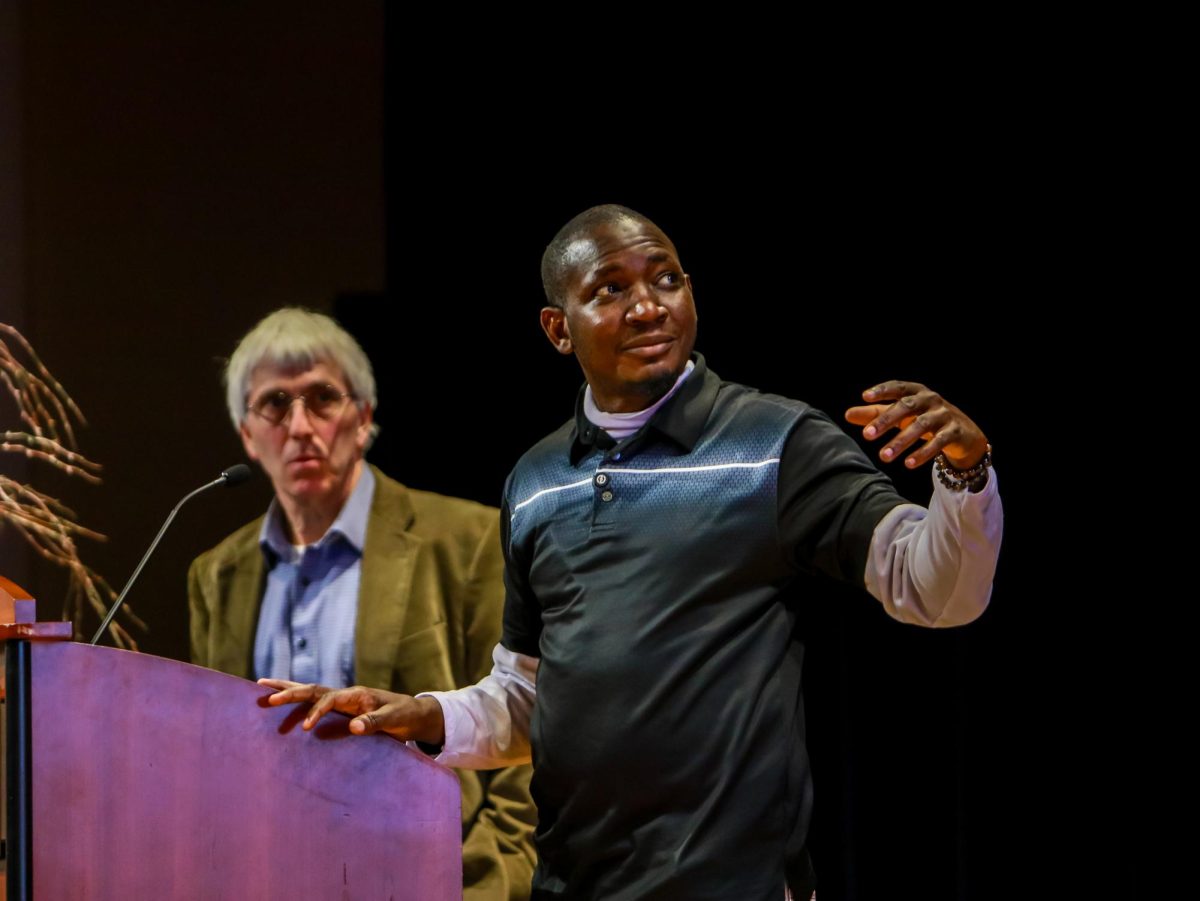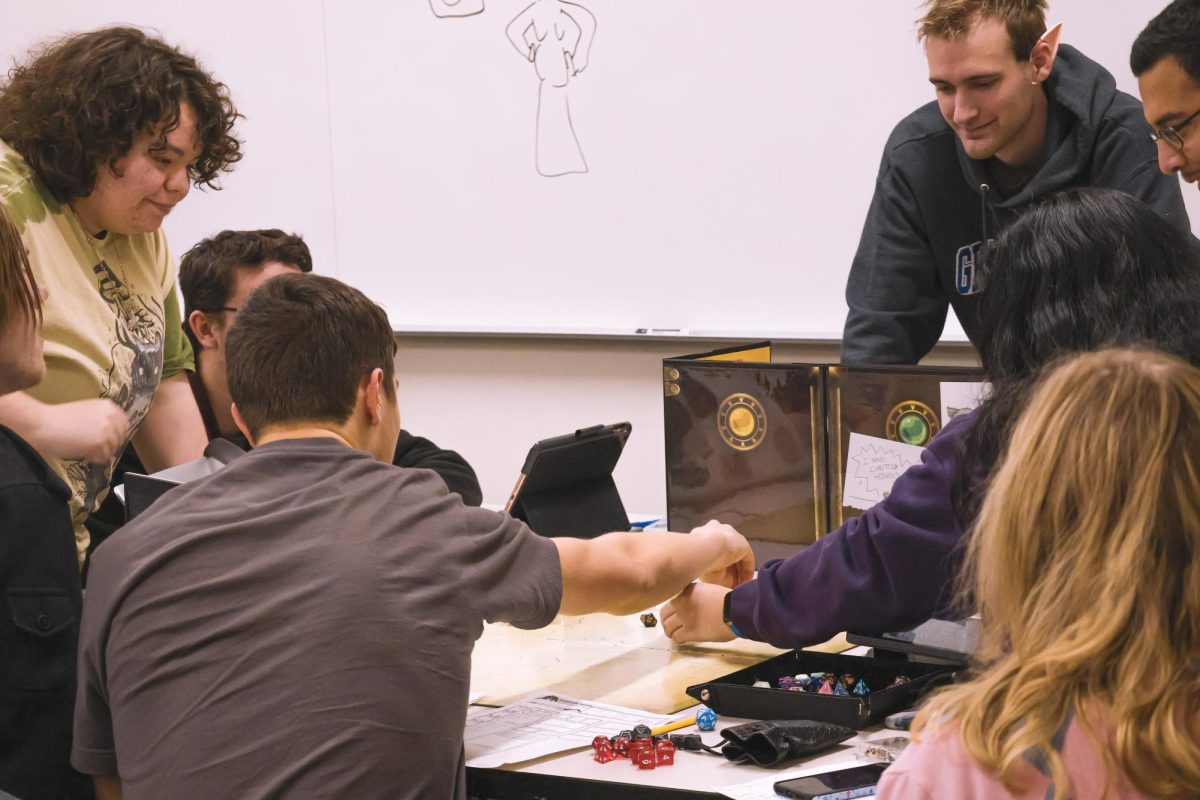Teachers attend GV’s Math in Action
Feb 24, 2020
Every year, Grand Valley State University holds Math in Action, a conference dedicated to the professional development of math teachers at all levels of education. The day consists of six sessions packed with 43 different presentations, hosted by a variety of GVSU faculty and staff, visiting professors from other universities and K-12 teachers working in the field. The conference, held Saturday, Feb. 22, is themed around making mathematics more meaningful for students, and featured a keynote address from math education researcher Ilana Seidel Horn.
“It’s really challenging to foster meaningful mathematics discussion in the classroom,” Seidel Horn said. “Part of that challenge is social risk. When you ask a student to share what they think, they have to weigh out whether they’re going to participate and please their teacher, or not participate and save face in front of their peers by not appearing ‘too smart’ or ‘too dumb.’ Math class in particular has very high levels of social risk. In our culture, being good at math is equated with being smart, so making a mistake in math has higher consequences.”
Her research on classroom motivation led her to closely observe and analyze the classrooms of six exemplary teachers working across the country in a variety of grade levels and school environments. She found five core strategies that they used to effectively encourage discussion in their classrooms; belongingness, competence, accountability, autonomy and the topic of choice for the conference: meaningfulness.
“Meaningfulness is not built in to the way we teach math,” Seidel Horn said. “Strong students in a traditional math class are those who turn in work on time and get answers correct, but that doesn’t mean they’re getting anything meaningful out of the content. Curious students do not equal successful students in our current school system. The teachers I was looking at set up problems to pique student curiosity, and designed instructions to have a place for student ideas.
“One teacher, Fawn Nguyen, came up with the Barbie bungee project — it’s basically a linear modeling problem where students are tasked with giving Barbie the most thrilling but safe fall from three meters. They’re given a few rubber bands to experiment and estimate how many the full three meters will require, and then build the whole bungee cord to see if their calculation worked.”
Many of the conference’s presentations were demonstrations of similarly creative projects to help students understand and engage with complex mathematical concepts. Grand Valley Professor Javier Ronquillo Rivera showed off “dots in a box,” a puzzle game where participants moved along a dotted line to find positions where everyone was a different distance from everyone else, without any overlap. The process subtly led participants into greater understanding of ideas like triangular numbers and the pigeonhole principle.
One middle school teacher, Katie Storbeck, presented on a project her students do with integer operations.
“We say, ‘You’ve been chosen to create a math board game for at least four players using integers,’” Storbeck said. “Examples have varied over time because they get to look at what students have done in the past and build off those ideas. This year one group wanted to theme theirs around cars, so they brought in Hot Wheels for game pieces. We’ve had Santa’s workshop, soccer mania… one group even adapted the ‘headband game.’”
Other presenters focused on the classroom experience itself. One recent GVSU alum, Miciah Arguello, reflected on her first year of teaching and offered tricks and tips for other new teachers going through the same struggles. Her talk ranged from classroom management strategies to recommendations for helpful resources for student engagement like Gimkit.
Another teacher, Perla Hatch, presented on how divides in culture and race can affect the classroom.
“If you spend most of your time socially among people of the same cultural group as you, you do not know the extent to which your culture affects your thinking and your actions on an everyday basis,” Hatch said. “It’s been well-documented that if we don’t recognize the effects of culture on ourselves, we won’t be able to meet the needs of students who come from different cultural backgrounds. Culturally responsive teaching is a framework to help teachers effectively teach across cultures. We like to think about the best way of teaching in terms of how we were taught, but this guides us to actively seek out how other cultures learn. 80 percent of teachers in the U.S. are white, compared to only about 50 percent of students, and that number is declining. It’s evident that there’s going to be a cultural incongruity. We need to examine that.”
The discussions and demonstrations fostered by the conference not only demonstrated the enthusiasm this community of educators has for helping each other, but for creating truly enriching experiences for their students. Many of us have grown up with math classes that made us feel stupid, or left us behind when we didn’t fit into the traditional model of a “good math student.” But the projects and presentations at this year’s Math in Action gives educators hope that new generations of students will experience creative and meaningful applications of the subject instead.





